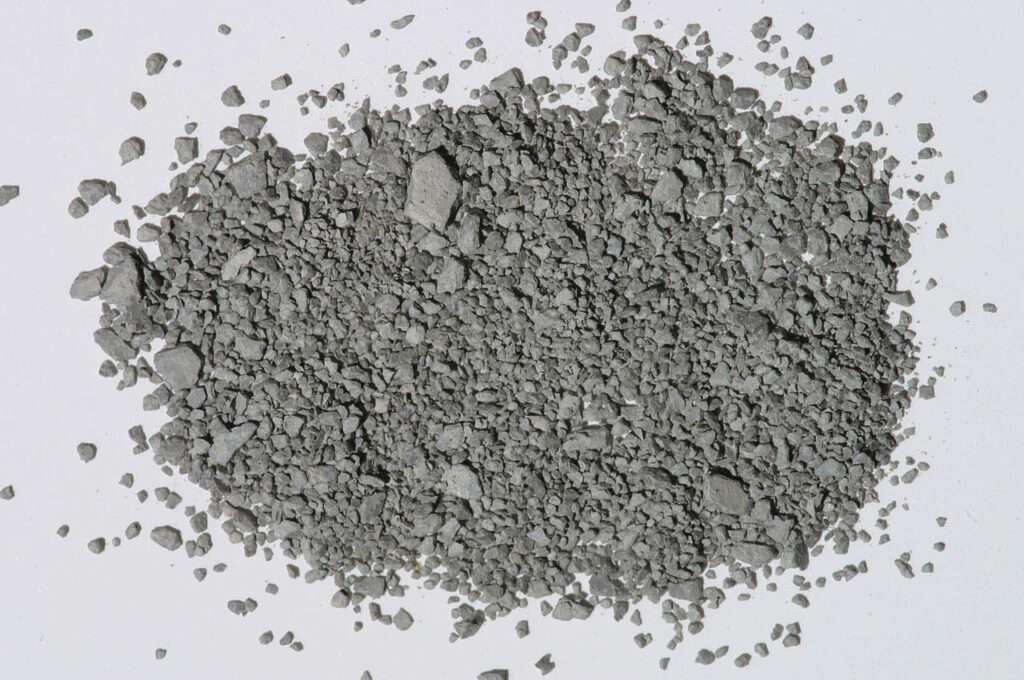
Appearance
Natural clays exhibit a range of colors from impurities, such as a reddish or brownish color from minute amounts of iron oxide. The majority of pure clay minerals are white or light-colored. The first known ceramic material is clay. One tetrahedral and one octahedral sheet would make up a 1:1 clay; serpentinite and kaolinite are two examples. An octahedral sheet is positioned between two tetrahedral sheets to form a 2:1 clay; talc, vermiculite, and montmorillonite are a few examples.
Geographical Distribution
Clay minerals are somewhat uncommon in the Solar System due to their water requirement, however they are widely distributed on Earth where water has dissolved other minerals and organic materials. Numerous sites on Mars, including Echus Chasma, Mawrth Vallis, the Memnonia quadrangle, and the Elysium quadrangle, have been found to contain clay minerals. Spectrography has verified their existence on a number of astronomical bodies, such as comet Tempel 1, the dwarf planet Ceres, the asteroid 101955 Bennu, and Jupiter’s moon Europa.
Chemical Composition
Clay minerals are typified by two-dimensional sheets of corner-sharing SiO 4 tetrahedra or AlO 4 octahedra, just like all other phyllosilicates. The chemical composition of the sheet units is (Al, Si) 3O 4.

Types
Typical clay mineral types include
Kaolinite:
Since kaolinite is a 1:1 form of clay mineral, its structure consists of one octahedral and one tetrahedral sheet. Its composition consists of water, alumina, and silica, and its cation exchange capacity is poor. The paper, ceramics, and cosmetics industries frequently employ kaolinite.
Smectite:
Smectite is a 2:1 clay mineral, which means that its structure consists of one octahedral sheet and two tetrahedral sheets. When hydrated, it can expand and has a high capacity for exchanging cations. Smectite is frequently used in the construction sector, as a binder in foundry sands, and in drilling muds.
Illite:
Similar to other clay minerals, illite has a 2:1 ratio, but compared to other clay minerals, it has more potassium ions in its structure. It is frequently used as an addition in drilling mud and can be found in shales.
Chlorite:
Chlorite is an octahedral layer clay mineral with a 2:1 composition that includes iron and magnesium ions. It is frequently added to drilling mud and is found in volcanic rocks.
Vermiculite:
One form of 2:1 clay mineral that expands in the presence of heat is vermiculite. It is frequently used as a soil amendment, filler in building materials, and in the horticultural sector due to its high cation exchange capacity.
Uses
The distinct physical and chemical characteristics of clay minerals make them useful for a variety of purposes. The following are a few of the most typical uses for clay minerals:
- Soil amendments: To increase soil fertility and water retention, clay minerals—especially those with a high cation exchange capacity, including smectites and vermiculites—are added to the soil as soil supplements.
- Ceramics: An essential component of ceramics, such as porcelain, tiles, and sanitaryware, is kaolinite.
- Construction materials: Bricks, cement and plaster are among the building products made from clay minerals like kaolinite and illite.
- Drilling muds: The oil and gas sector frequently uses smectite clay minerals as a vital ingredient in drilling muds, which are used to cool and lubricate drill bits as well as remove drilling debris.
- Environmental remediation: Bentonite is one example of a clay mineral that can be used to clean up contaminated soils and groundwater as well as to contain and immobilize hazardous trash in landfills.
- Cosmetics: Because clay minerals like kaolinite can absorb oil and pollutants from the skin, they are utilized in the manufacturing of cosmetics like body washes and face masks.
- Pharmaceuticals: Pharmaceutical companies employ clay minerals as excipients, which are materials that bind, fill, and disintegrate tablets and capsules.
- Agriculture: In order to enhance nutrient absorption and digestion, clay minerals—especially those with a high cation exchange capacity—are employed as fertilizer carriers and in animal feed.
Table





